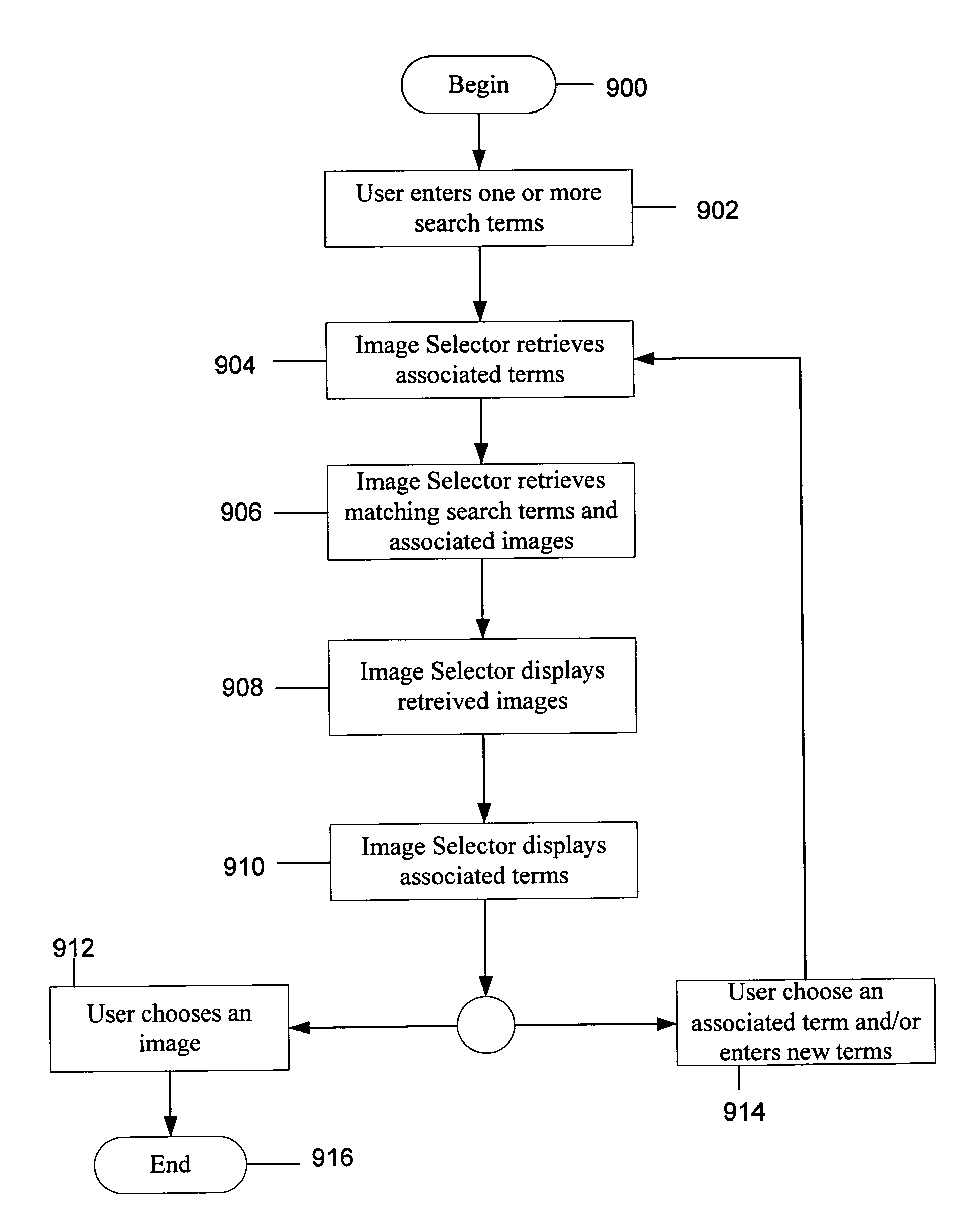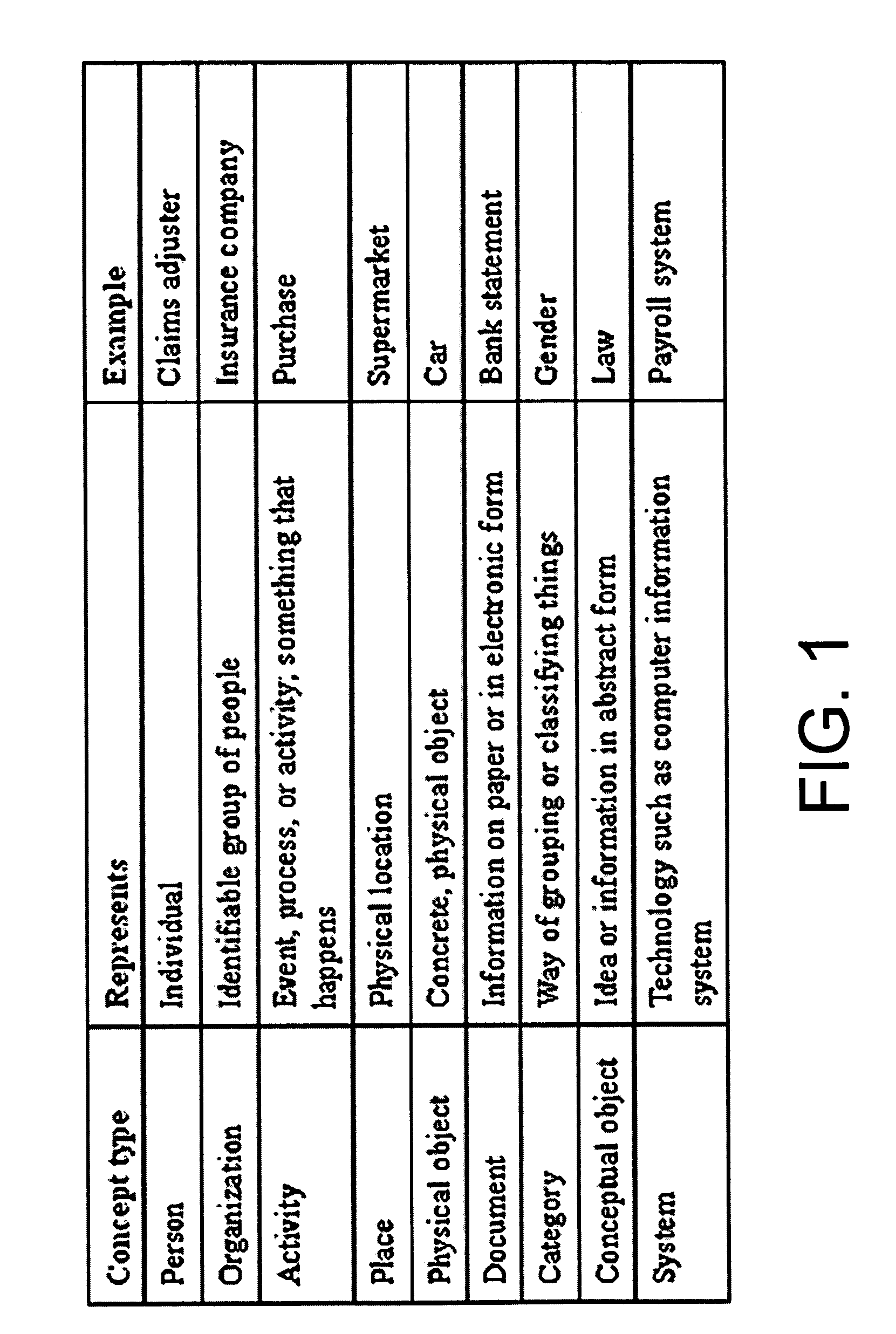Systems and methods for software based on business concepts
a software and business concept technology, applied in the field of software, can solve problems such as software that is extremely costly and complicated to build and modify, and the customer's mental model is divided, and achieves the effects of avoiding software failure, avoiding software failure, and avoiding software failur
- Summary
- Abstract
- Description
- Claims
- Application Information
AI Technical Summary
Benefits of technology
Problems solved by technology
Method used
Image
Examples
example 1
Default Behavior: Simple System (No Differential Design)
[0310] In the default behavior of the BCIM, each business concept in the application definition may appear on the switchboard or home page of the resulting application, irrespective of innate concept. Upon clicking on an icon, the user is presented with a list of items (e.g. customers, if clicking on the “Customer” icon or link). If no items have yet been stored, the user is presented with a “single-record view” form in which to enter details. Single-record views bear tabs for related concepts.
example 2
Accounting System Style (Differential Design Chosen for Compatibility with Accounting Software)
[0311] In the accounting system style, icons may be placed on the switchboard or home page of the generated application in groups (represented, for example, using tabs) according to innate concept: [0312] Activity tab (activity, document, and physical object business concepts). Activity business concepts are presented initially in transaction-style form (like entries in an account). Document and physical object concepts are presented initially using single-record view form with tabs for related business concepts. [0313] Address book (person, organization, and place business concepts). Business concepts are presented in standard address book style with alphabetical tabs, card view, and the like. [0314] Reference data (category, conceptual object, and system business concepts). Business concepts are presented in “lookup table” form similar to a chart of accounts.
example 3
“Scheduling” Style
[0315] In the scheduling style, person, organization and place business concepts may be chosen from lists. Related activity business concepts may be represented initially in calendar view, grouped for the selected person, organization, and the like (e.g., a monthly schedule of meetings for a selected salesperson). Activities are entered in appointment style (e.g., like a diary entry). The usual calendar zoom in and out facilities may be available.
PUM
 Login to View More
Login to View More Abstract
Description
Claims
Application Information
 Login to View More
Login to View More - R&D
- Intellectual Property
- Life Sciences
- Materials
- Tech Scout
- Unparalleled Data Quality
- Higher Quality Content
- 60% Fewer Hallucinations
Browse by: Latest US Patents, China's latest patents, Technical Efficacy Thesaurus, Application Domain, Technology Topic, Popular Technical Reports.
© 2025 PatSnap. All rights reserved.Legal|Privacy policy|Modern Slavery Act Transparency Statement|Sitemap|About US| Contact US: help@patsnap.com



